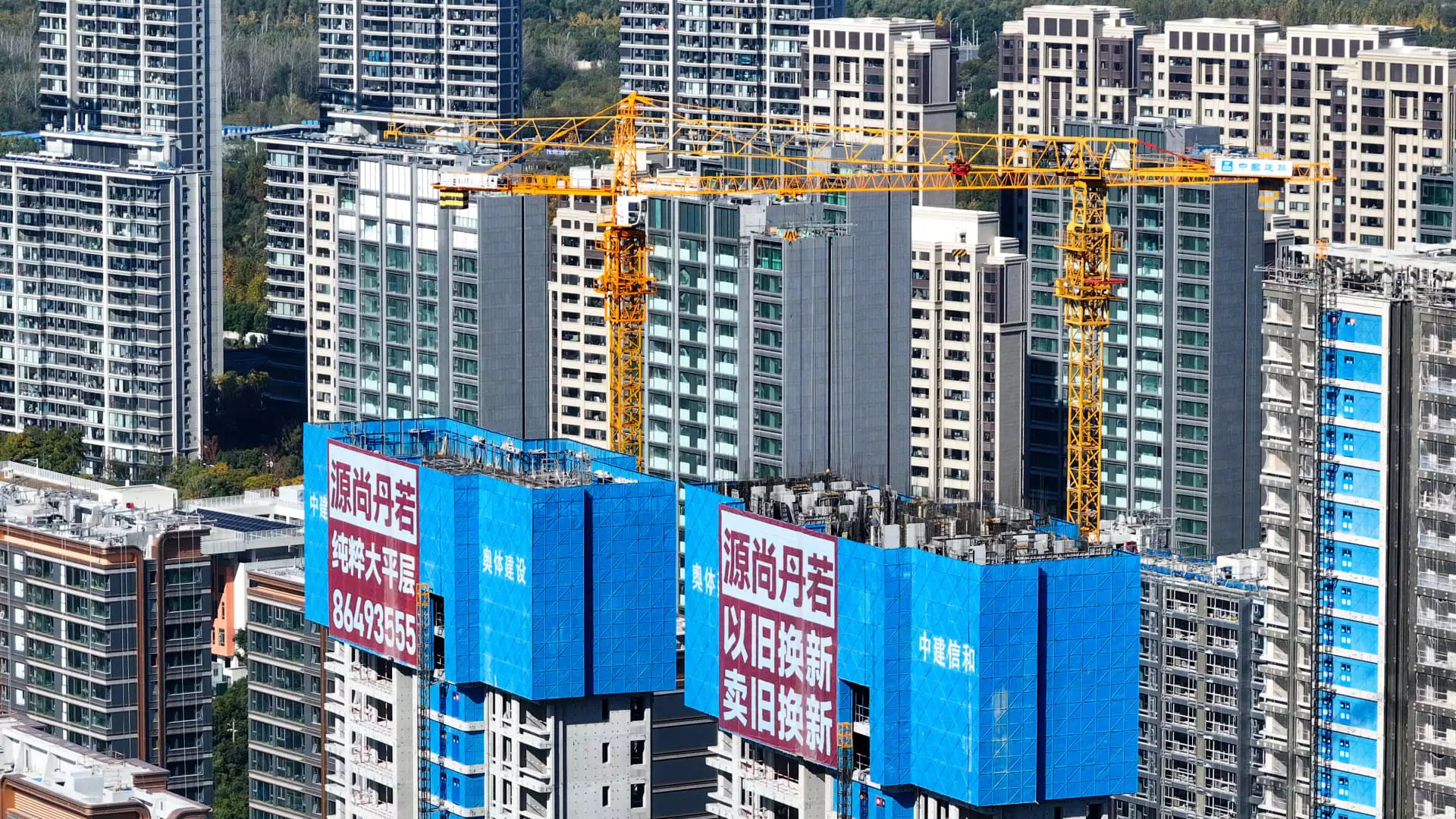China’s current economic landscape showcases a gradual, albeit hesitant, recovery influenced by a series of stimulus measures introduced by the government. Despite efforts to reignite growth, a variety of economic indicators and corporate earnings reveal that the second-largest economy in the world is far from experiencing a robust resurgence. This article delves into the complexities of China’s economic revival and the mixed signals that accompany it.
Since the end of September, Beijing has rolled out numerous stimulus measures aimed at reinvigorating key sectors, particularly real estate and manufacturing. Some improvements have been noted; however, they appear limited in scale and scope. For example, Meituan, a leading food delivery service, reported a decline in the average order value within its travel booking segment compared to previous months. This cautious stance highlights a broader sentiment among companies, many of which express uncertainty regarding the immediate effects of governmental policies. In a recent earnings call, the Chief Financial Officer of Meituan emphasized the necessity for time before witnessing a full impact, indicating that positive outcomes will not be immediate, even if they are anticipated.
Similar sentiments were echoed by executives from leading companies like Alibaba and Tencent. Their comments suggest that despite government assurances regarding stimulus measures, the path to substantial growth could be prolonged. The overarching goal of these initiatives seems to be securing a growth target around 5% for the current year while simultaneously mitigating the risk of financial instability—a challenging balancing act in the face of domestic and international pressures.
While recent economic indicators present a nuanced picture of recovery, they simultaneously reveal underlying vulnerabilities. For instance, the Caixin Purchasing Managers’ Index (PMI) for manufacturing reached its highest level since June, signaling some expansion. However, the official PMI showed moderate growth at 50.3, which is just above the neutral mark indicating stagnation. This juxtaposition unveils a complex recovery narrative—while some businesses are experiencing revitalization, others still grapple with contraction, particularly in labor markets where job cuts continue.
Wang Zhe, a senior economist, highlighted the critical need for boosting business confidence through hired labor, indicating that the benefits of stimulus measures have yet to penetrate deeply into employment trends. His comments reflect a broader acknowledgment that while the economic downturn may have stabilized, true growth remains contingent on substantive improvements in various sectors.
The ongoing geopolitical tensions, especially with the United States, further complicate China’s economic rebound. New restrictions targeting Chinese chip manufacturers signal a continued push against the country’s technological ambitions. Coupled with the potential for tariffs under the Biden administration, these issues add layers of uncertainty to the already precarious economic climate.
Additionally, a survey by the China Beige Book revealed that companies surveyed were cautiously optimistic; retail spending has begun to recover relative to last year, and home sales showed improvements despite creeping worries about the service sector’s consumption. It seems there is a growing realization that any temporary bumps in economic activities may be unsettled unless there are clear commitments from the government for further support.
As the Ministry of Finance hints at potential fiscal support in the upcoming year and investors await results from the annual economic planning meeting, analysts remain vigilant. The overarching principle guiding monetary policy is likely to follow a ‘just enough’ approach rather than an explosive interventionist strategy. This cautious methodology indicates a long-term vision that balances stimulus with the safeguarding of structural stability.
Ultimately, China’s economic recovery appears to be threading its way through a convoluted maze of fiscal policies, external pressures, and market uncertainties. As the global economy continues to evolve, so too does China’s place within it, requiring careful navigation to secure sustainable growth. Transitioning from cautious optimism to solid recovery will necessitate not only systematic government support but also confidence from businesses and consumers alike. Only time will reveal if the promised stimulus measures can indeed translate into the desired economic momentum.

